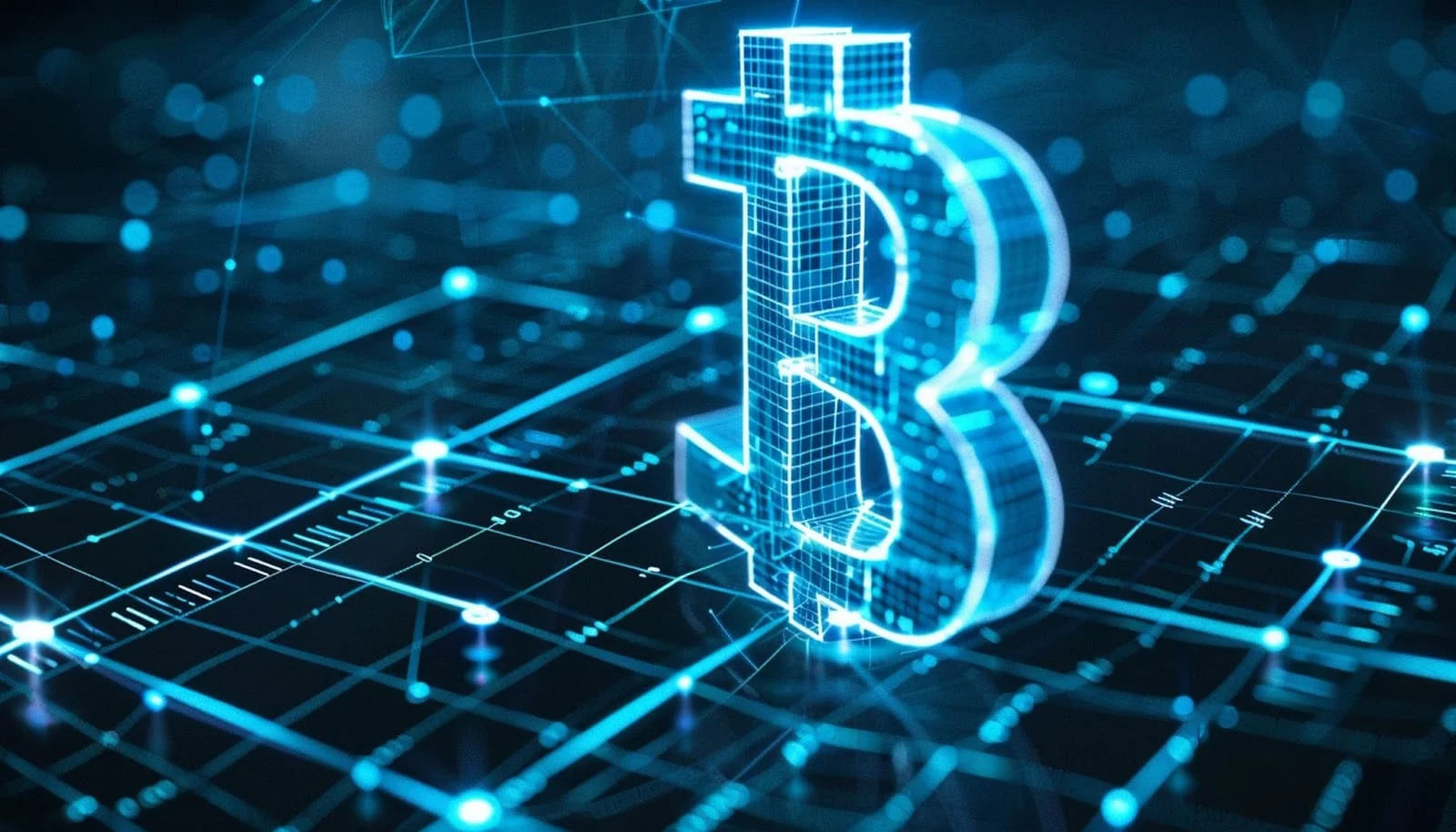The Pros and Cons of Dapps: Are They the Future of Software Development?

Table of Contents
Decentralized Apps (dApps) are different from traditional systems. They are not controlled by a single company, instead, they are decentralized, open, and owned by the users themselves.
It’s safe to say that in the world of dApps, freedom meets innovation.
dApps run on blockchain networks and provide security, transparency, and the power to interact without intermediaries.
Whether you are buying, selling, or collaborating, dApps are changing how we experience the digital world. But what are the pros and cons of dApps? Are they truly the future of software development? Let’s find out!
Pros of dApps

Below we unpack all the advantages of dApps. Take a look!
Easy Adaptation
When it comes to dApps, there’s a sense of freedom because you don’t have to trust a central authority or intermediary. Unlike old-school apps, dApps run on a blockchain. This means the app operates automatically through smart contracts.
Now, what are smart contracts? Well, they are self-executing code that lives on the blockchain. Once the smart contract is deployed, the entire blockchain network can interact with it.
So, you can directly engage with the dApp without waiting for approvals, updates, or restrictions from a central party.
Also, you know exactly how the app works because the smart contract is public and immutable. This builds trust and encourages more people to use the app quickly.
Big Opportunities For Early Users
dApps is a fairly new technology and it’s been about 15 years since its launch. So, despite its widespread popularity, not many people are using it yet. This creates a big opportunity for early adopters.
The best part is that no company or person can block you from using a dApp, sending transactions, or accessing information. Everything is open and available on the blockchain, meaning anyone can participate freely.
Sense of Flexibility
dApps are more reliable than regular apps because they don’t depend on one server to work. In traditional apps, if the server goes down, the whole app can stop working. But, with dApps, the app runs on many nodes in a network.
Even if some of these nodes stop working, the app can keep running without shutting down completely.
This means fewer delays or interruptions. Hence, it is safe to say that dApps are more dependable for users and businesses.
dApps stay online even if part of the network has issues and provides a smoother service.
Safe and Secure
dApps are safer than regular apps because they don’t have one central point that hackers can attack. The old-school apps have a main system or server. Here, if that gets hacked, the whole app can be at risk.
With dApps, the app is spread across many computers on the blockchain. So, it is much harder for anyone to break in or take control.
Infact, even the person who created the dApp can’t change how it works or stop it once it’s running.
Low On Costs
dApps help save money because they don’t need expensive servers or teams of experts to manage them. Traditional apps require big setups and regular maintenance, which can cost a lot.
In contrast, with dApps, the app runs on a blockchain, using many computers in the network. There’s no need to install or maintain a central system, cutting down on costs.
Devoid Of Any Censorship
dApps can’t be controlled because their code is open for everyone to see and use. No company or person controls the app, so no one can block or limit who uses it.
With regular apps, a company can decide to shut down accounts or restrict access.
But with dApps, there’s no central authority to make those decisions. Once the app is on the blockchain, it keeps running without interference.
Cons of dApps

Now that we have learned all the pros, let’s understand the cons.
Human Errors
While dApps are great because they are immutable, which means they can’t be changed once they’re created. So, this can also cause problems due to human error.
The smart contracts that power dApps are written by humans, and like any human-made system, they can have mistakes.
If there’s an error in the code, it can’t be easily fixed because the contract is permanent. This means that a small mistake could lead to big issues, like breaking the app.
Can Feel Harder To Maintain
Once the code is published on the blockchain, it can’t be easily changed. If the developer wants to update the app or fix any issues after it’s live, they can’t just make quick changes like with regular apps. So, it can feel harder to maintain.
This means that if something goes wrong or needs improvement, it’s more complicated to fix. The developer might have to create a whole new version of the dApp instead of simply updating it.
Can Be Hard To Use For Some
Using dApps can be hard for regular people because interacting with the blockchain requires setting up special tools and software, which can be confusing and complicated for some. This is because most users aren’t familiar with how to do this safely.
That said, to make dApps easier to use, some developers try to build simpler, more user-friendly apps on top of dApps.
Are dApps The Future of Software Development?
dApps have a lot of potential to shape the future of software development. The key advantage of dApps is that they offer decentralization, security, transparency, and freedom from a single point of control. This makes them appealing for industries like finance, gaming, and social platforms where trust, privacy, and user autonomy are important.
However, dApps are still complex for users and developers, and there are hurdles in terms of scalability, maintenance, and ease of use. As blockchain technology continues to evolve, these issues are being addressed.
dApps are a key part of Web 3.0, which is the next phase of the internet where power shifts from centralized platforms to users, creating a freer and more open digital world. MFEV brings you secure, scalable, and innovative blockchain solutions that empower decentralized apps, fast transactions, and seamless user experiences. This is your chance to be part of the future of decentralized finance. For more information, visit MFEV today.
For more insights into blockchain technology, visit our articles:



